For many of us who came of age in the neon-splashed 1980s, our bedrooms were more than just places to sleep—they were our first real expressions of independence. Those four walls became canvases for our evolving identities, even when we had to negotiate that precious square footage with siblings. Between the era’s iconic pop culture explosion and pre-internet creativity, we found countless ways to carve out space that felt uniquely ours in a decade defined by its larger-than-life personality.
1. The Sacred Boom Box Territory
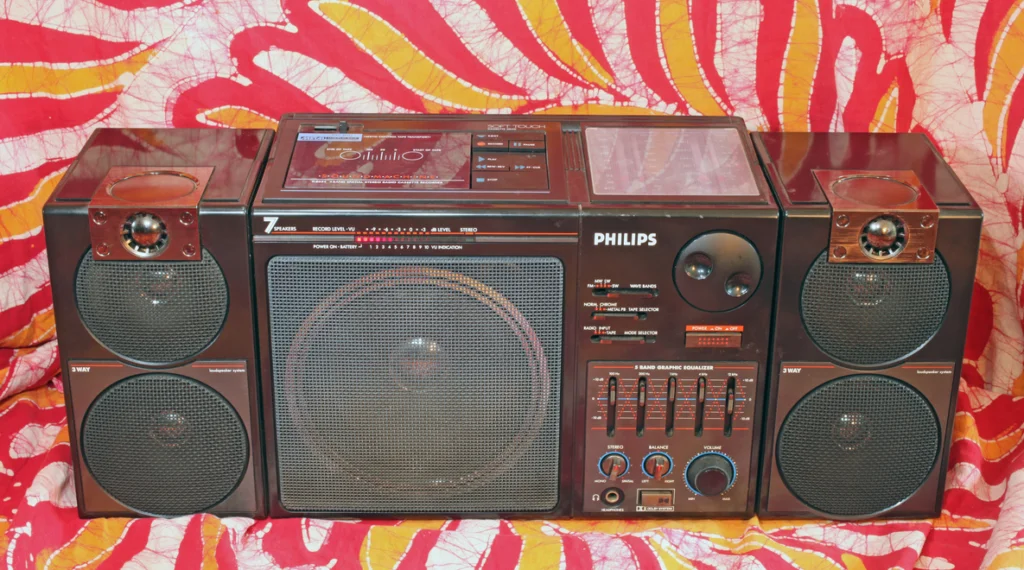
Nothing declared your slice of bedroom real estate quite like your prized boom box commanding the corner of your dresser. You guarded that dual-cassette behemoth like a treasure, carefully curating mixtapes recorded straight from Casey Kasem’s American Top 40 countdown on Sunday afternoons. The multi-band equalizer with its sliding controls might as well have been a spaceship control panel, and heaven help the sibling who dared adjust your perfectly calibrated bass settings. Boomboxes alone are credited on Gizmodo with changing the cultural landscape of the entire country.
Recording songs off the radio required monk-like patience—finger hovering over the record button, ready to pounce the instant the DJ stopped talking over the intro. Your collection of carefully labeled cassettes showcased your musical journey from Duran Duran to Depeche Mode or from Run-DMC to Guns N’ Roses. Those plastic rectangles, often decorated with your own handwritten track listings and doodles, were physical manifestations of your evolving taste and personality—sacred artifacts that clearly marked where your territory began.
2. The Great Poster Divide

Wall space was premium real estate in shared bedrooms, often divided with the precision of Cold War borders. On one side, Michael Jackson moonwalked eternally while Madonna struck a defiant pose; on the other, perhaps Molly Ringwald’s knowing smile watched over your sibling’s domain. These paper shrines to our idols weren’t just decoration—they were declarations of allegiance in the pop culture wars, visual manifestos of our emerging identities. If you still have any, Back to the Past Collectibles examines which posters may be worth a pretty penny.
The condition of these posters told stories of their own—carefully preserved with thumbtacks at the corners or rebelliously affixed with gobs of sticky putty that would eventually damage both poster and paint. Magazine centerfolds from Tiger Beat or Rolling Stone were currency among friends, traded and upgraded as tastes evolved from New Kids on the Block to The Cure. Even in the dimmest light, you could identify every detail of these images that greeted you each morning and night, providing silent companionship through the tumultuous teenage years.
3. The Telephone Extension Battle
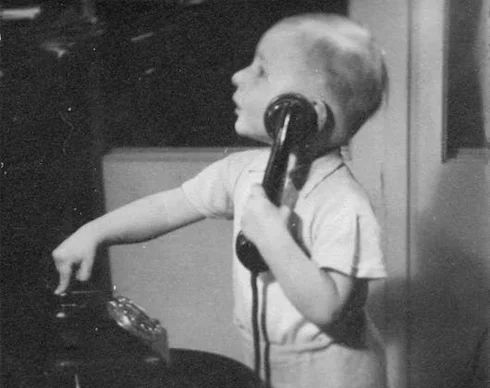
For households fortunate enough to have multiple phone extensions, few possessions inspired more sibling warfare than the coveted bedroom telephone. That curly-corded lifeline to the outside world—perhaps shaped like a hamburger or a neon-bright lip design—represented freedom from parental eavesdropping during crucial social calls. Elaborate codes developed between friends (“Ask for Jenny if your mom’s listening”) along with the whispered frustration of “Get off the phone, I know you’re listening!” directed at siblings suspected of picking up the shared line. According to Axios, the landline is even enjoying renewed popularity among Gen Z, allowing it to bask in a bit of a comeback.
Negotiating phone time became a complex diplomatic mission, especially during the evening hours when rates dropped and marathon conversations could unfold. Clever teens quickly mastered the art of detecting the subtle click of an extension being lifted or the barely audible breathing of a nosy sibling on the line. Your personal phone—often festooned with stickers or customized with nail polish—might have shared a line with the household, but in your mind, it was sovereign territory where relationships flourished and social standings were negotiated one dial tone at a time.
4. The Shelf Identity Crisis
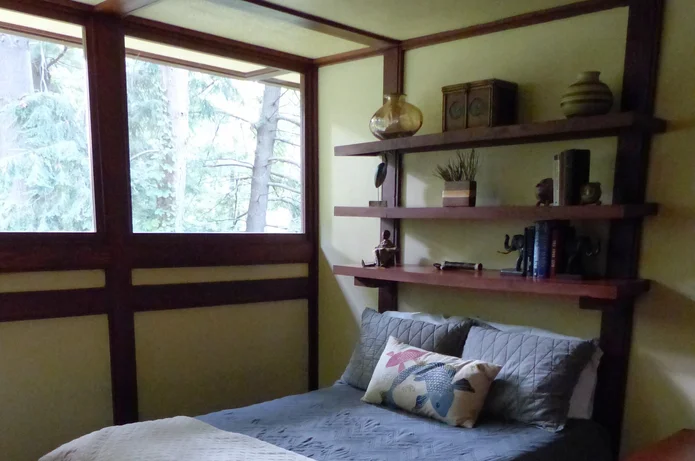
Bookshelves and display areas became miniature museums showcasing our evolving personalities through carefully curated collections. One side might feature Sweet Valley High paperbacks with cracked spines next to a cluster of Swatch watches, while a few feet away, Star Wars figurines stood in battle formation beside dog-eared copies of The Outsiders and The Hitchhiker’s Guide to the Galaxy. These displays weren’t random—they were carefully arranged storytelling systems broadcasting who we were (or who we wanted to be) to anyone granted access to our sacred spaces.
The items commanding center stage shifted as we ourselves changed—participation trophies gradually replaced by concert ticket stubs, stuffed animals subtly making way for more sophisticated treasures like exotic perfume bottles or skateboarding paraphernalia. Friends could track our passions by watching which objects earned prime positioning and which were relegated to backs of drawers or closet purgatory. Even in shared rooms, these personal galleries remained distinctly individual, invisible boundaries understood and generally respected by siblings who had their own identity shrines in progress.
5. The Bedspread Statement
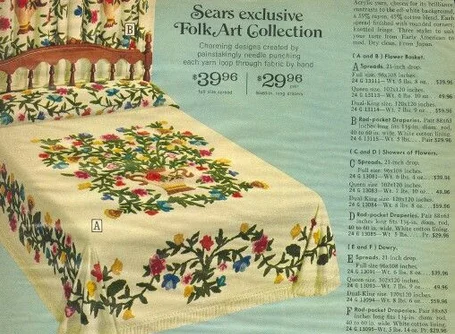
In an era of Laura Ashley florals competing with geometric neon patterns and licensed character merchandise, your bedding choice spoke volumes about your personality. Your comforter wasn’t just for warmth—it was a billboard announcing your allegiance to cabbage roses or Miami Vice color schemes, to Rainbow Brite or Star Wars universes. The bedspread became the largest canvas for self-expression in a shared room, instantly distinguishing your territory from your sibling’s domain across whatever invisible Mason-Dixon line divided the space.
The ritual of making your bed (or rebelliously leaving it unmade) further defined your half of the room’s personality—military precision on one side might contrast with artistic disarray on the other. Coordinating pillowcases, dust ruffles, and decorative cushions created elaborate textile ecosystems that parents rarely understood but peers immediately recognized as extensions of your developing taste. Slumber parties centered around these fabric kingdoms where friends would gather, the bedspread serving as both stage and audience seating for hours of gossip, magazine-flipping, and the inevitable “light as a feather, stiff as a board” attempts.
6. The Closet Demarcation Line
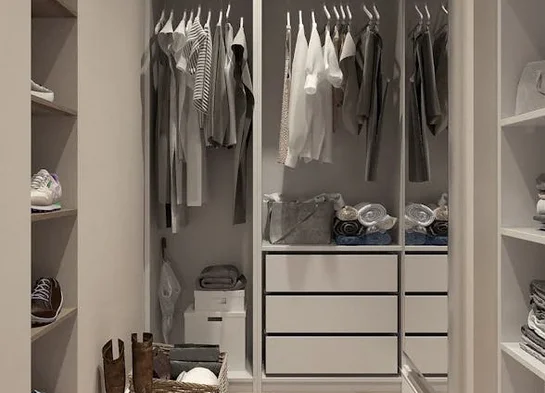
Shared closets became studies in contrasting personalities, often with clear boundaries marked by shoebox dividers or colored hangers. On one side might hang parachute pants and Members Only jackets, while the other displayed an impressive collection of oversized sweaters and acid-washed denim. These textile territories expanded and contracted based on ever-shifting alliances, with negotiations over shared accessories sometimes requiring parental intervention.
The floor space beneath these hanging garments told even more revealing stories—one sibling’s meticulously arranged shoes lined up like soldiers might neighbor another’s chaotic pile of discarded outfits from the week. Closet doors often became additional display space, with belt hooks, tie racks, and over-the-door shoe organizers maximizing every possible inch of storage real estate. The scents mingling in these shared spaces—Love’s Baby Soft colliding with Drakkar Noir or Aqua Net hairspray creating a neutral zone—became the olfactory soundtrack of 1980s adolescence, instantly recognizable decades later.
7. The Drawer Division System
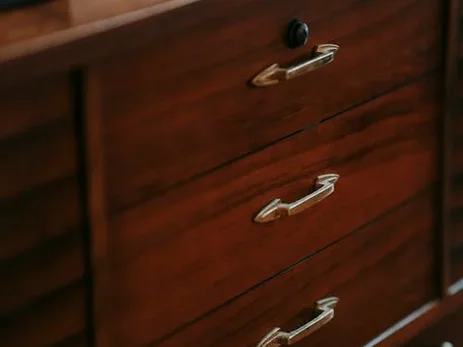
Bureau drawers became miniature fiefdoms with borders as closely guarded as Cold War territories. The top drawer typically housed treasures deemed too valuable for casual display—friendship bracelets, notes passed in class, concert ticket stubs, and the occasional contraband like forbidden makeup or candy stashes. Middle drawers contained the everyday essentials, while bottom drawers often devolved into catch-all spaces where seasonal items and outgrown clothing entered a strange limbo between usefulness and disposal.
The organization within these drawers revealed personality differences that would follow us into adulthood—one sibling’s color-coded sock arrangement contrasting with another’s “stuffed-until-it-barely-closes” approach. The sounds of these drawers—the specific squeak of wooden runners or the rattle of a loose handle—became so familiar that you could identify who was accessing what drawer simply by sound. Parents entered these zones at their peril, as the seemingly random arrangement of items actually followed a personalized logic that only made sense to its curator.
8. The Study Corner Competition

Homework areas in shared bedrooms often involved complex negotiations over desk space and lighting resources. One side might feature meticulously organized supplies in Trapper Keepers and caboodles while the other displayed a more creative chaos of scattered notebooks and chewed pencils. The desk lamp—often the room’s premium lighting resource—could spark nightly debates about homework priorities versus one sibling’s desire to read the latest Christopher Pike thriller under the covers.
The wall space above these study areas showcased different approaches to academic motivation—perhaps honor roll certificates and carefully preserved A+ papers on one side versus concert posters or sports schedules on the other. Personalized touches like monogrammed pencil cups, novelty erasers, or customize-your-own desk blotters from Spencer Gifts helped stake your claim to shared study territory. The desk drawer became a microcosm of your organizational style—or lack thereof—containing everything from passed notes to half-eaten rolls of Spree candy alongside the required pencil sharpeners and rulers.
9. The Radio Alarm Clock Standoff
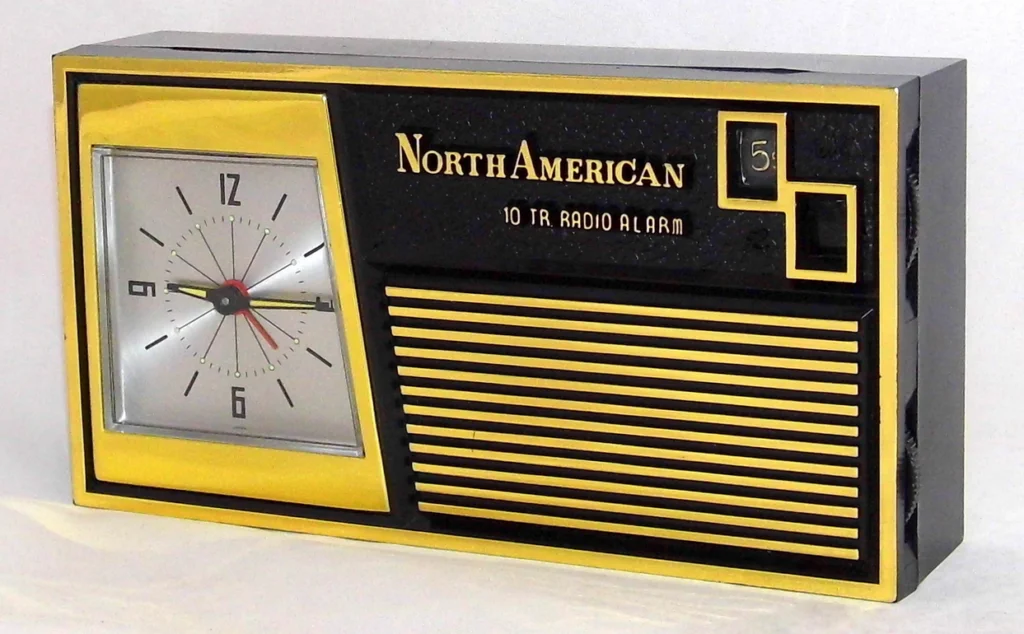
The digital alarm clock—often featuring a radio and cassette player—was both timekeeper and potential weapon in the bedroom cold war. Morning people might cheerfully program Wham! to blast at 6:30 AM while night owls retaliated with the sleep timer function playing Metallica at low volume until the wee hours. The red LED display cast its glow across neutral territory, serving as both nightlight and temporal boundary marker between designated quiet hours and acceptable activity periods.
The buttons on these devices bore the marks of personality differences—one sibling’s presets carefully tuned to Top 40 stations while another’s jumped between classic rock and emerging alternative channels. The alarm sound choice revealed fundamental character traits—did you prefer being jolted awake by buzzer or gently roused by Casey Kasem’s soothing countdown voice? The snooze button’s wear pattern told tales of morning routines, creating friction when early risers had to tiptoe around snooze-button addicts still claiming “just five more minutes” of precious sleep territory.
10. The Under-Bed Storage Kingdom
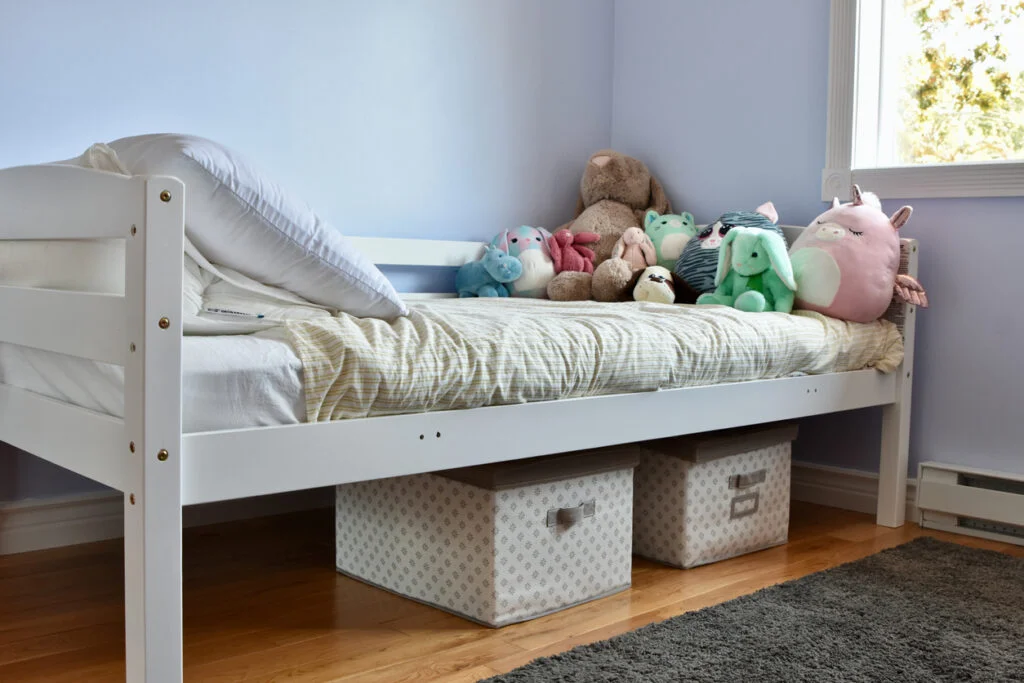
The mysterious realm beneath the bed frame became a hidden kingdom where prized possessions could escape sibling detection. Flat storage containers slid into these shadows containing everything from yearbooks and photo albums to secret diary collections and treasured vinyl records. This subterranean storage zone operated under different property laws than the visible room, with intrusions considered serious boundary violations worthy of parental arbitration.
The contents under beds reflected personality differences—one side might house neatly labeled containers of seasonal clothing while the other concealed a chaotic archaeological record of abandoned hobbies and school projects. The dust bunnies accumulating in these zones created their own timeline of neglect, occasionally prompting parental-mandated excavation missions that unearthed forgotten treasures and embarrassing artifacts from earlier developmental phases. The under-bed universe expanded and contracted with the seasons, swallowing bulky winter sweaters during summer months and engulfing swim gear and beach towels during the winter hibernation period.
11. The Door Decoration Dichotomy
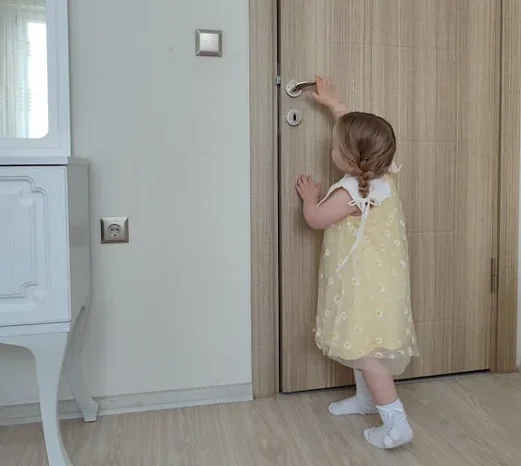
Bedroom doors became personal billboards announcing your identity to the household at large, often covered with everything from “Keep Out” signs to band logos. One sibling might favor dry-erase boards for phone messages while another preferred inspirational quotes cut from teen magazines or sports pennants declaring team loyalties. These door displays functioned as airlock systems between the private sanctuary of your room and the shared public spaces of family life beyond.
The inside door surface revealed even more personal expression—often plastered with photobooth strips from mall adventures, smaller posters that didn’t make the wall cut, or prohibited items that needed quick concealment when parents approached. Specialty items like name plaques, beaded curtains, or those ubiquitous “Name Tags” available at every tourist trap gift shop helped personalize these portals between public and private worlds. The sounds associated with these doors—specific knocks, creaks, or the jingle of added decorations—created audio signatures that alerted you to who was seeking entrance to your carefully curated realm.
12. The Night Light Negotiations
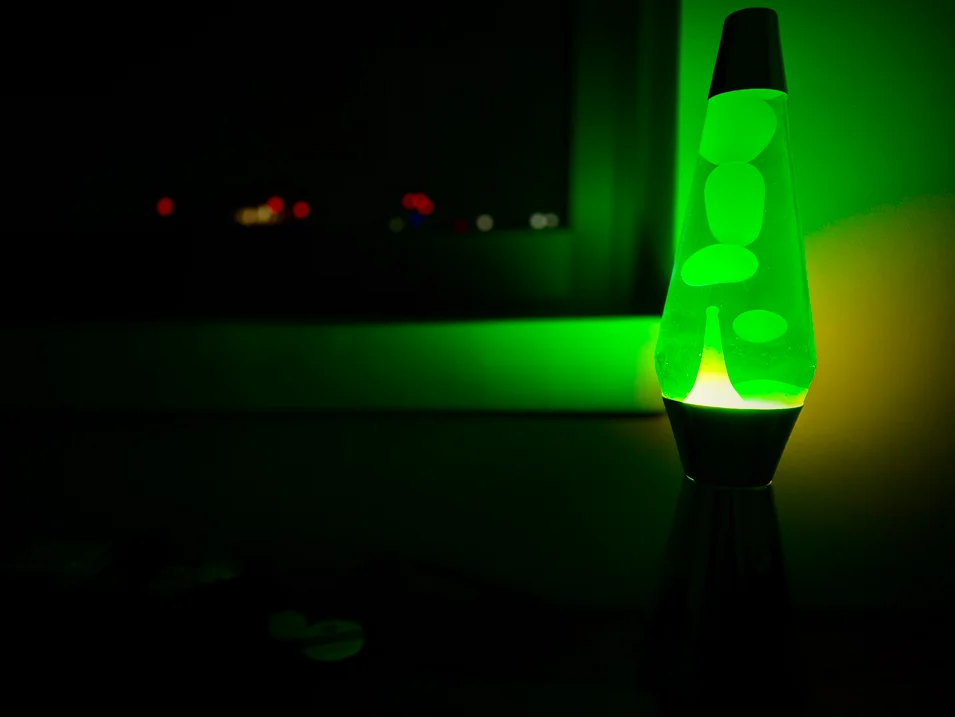
The battle over ambient lighting revealed fundamental differences between siblings sharing sleeping quarters. One might require tomb-like darkness while the other insisted on the comforting glow of a Garfield night light or the blinking LED indicators from a collection of electronic devices. These lighting preferences became proxy wars for deeper personality differences—between the practical and the dreamer, the scientific and the superstitious.
Compromise solutions emerged in the form of strategically positioned alarm clocks with dimmer displays or glow-in-the-dark star stickers clustered predominantly on one side of the ceiling. The hallway light policy—door cracked versus sealed against any illumination leakage—often required United Nations-level negotiations between siblings with opposing circadian rhythms. These nightly lighting arrangements eventually became as routine as brushing teeth, with each sibling adapting to the other’s needs through unspoken treaties that would be periodically renegotiated as fears of monsters under the bed gave way to fears of missing out on social events.
Looking back on these shared spaces decades later, we realize they taught us valuable lessons about compromise, boundaries, and self-expression that extended far beyond interior design. Those split bedrooms were training grounds for future roommates, partners, and eventually our own children as they began decorating their own spaces. The skills we developed—negotiating territory, respecting differences, and finding creative ways to express ourselves within limitations—turned out to be just as important as the reading and arithmetic we were studying beneath those boom box serenades and poster-plastered walls.


